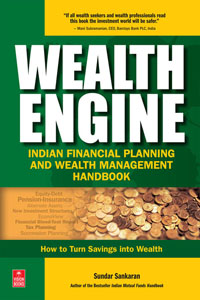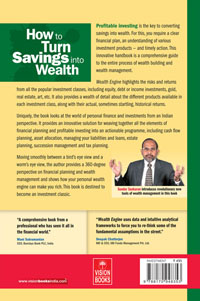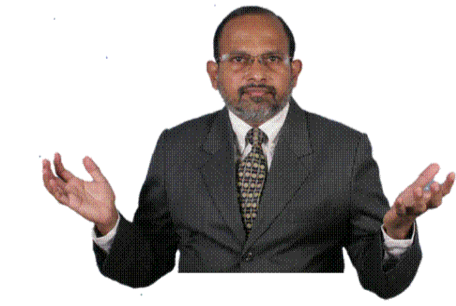As strategy consultant for companies, I have always valued the importance of analysis in suggesting strategies that are relevant. I do not believe in “strategy through LBR”, namely last book read.
I have tried to bring the same analytical rigour to the field of financial planning and wealth management in the Indian context. This has led me to question various postulates, developed in the western world, but not validated by Indian data. While including analytics, I have avoided complex statistics that tend to derail most readers. Therefore, you will find that the analytical frameworks used are simple — and the explanations based on the analysis, intuitive. Hopefully, the book will help readers understand the world of money in a better context.
Wealth creation is not just about product. Psychology is a critical aspect that is often forgotten. In this book, I have combined the “market” and “management” perspectives — legal and behavioural approaches. Embellished with anecdotes, I hope you will find it interesting and informative to read.
O. P. Bhatt, former Chairman and Managing Director of State Bank of India (SBI) spoke eloquently at the 5th Banking and Finance Conference organized by the Indian Merchants’ Chamber in Mumbai on 11 November 2010. He spoke about the challenges of capacity creation in the field of managing the wealth of the Indian masses.
I have had the pleasure of interacting with various professionals and academicians who are involved in building this capacity. The lack of talent — even inadequate appreciation of the market opportunity — is mind-boggling. Hopefully, this book will be a useful resource in carrying forward the relevant knowledge.
Readers like you and participants in my programmes contributed to the phenomenal success of my first book, Indian Mutual Funds Handbook. It has been a best-seller, year after year, since the first edition in 2003. Authors need this kind of motivation to keep investing time in writing. I look forward to your support for this book as well. I believe it bridges an important knowledge gap in the market.
As with Indian Mutual Funds Handbook, the purpose of the book is educative. Therefore, you will not see any specific institutions mentioned in either a positive or a negative light. However, rest assured that the frameworks presented are based on real and current data, and are absolutely practical. You will be able to apply the frameworks on data that is easily and freely available on the net to make your own analyses, and draw your own conclusions on the performance of organisations and products in the market place, from time to time.
Despite the analytical rigour in the book, subjectivity is part of the domain. Feel free to get in touch, if you do not agree with any thoughts, or would like to share your own experiences, or feel that something can be added in future editions of this book. Until the next publication, I propose to share knowledge on the subject at www.wealthengine.info.
As a tool for better interactivity, and to give you a platform to share your comments, I also maintain a blog at http://WealthEngineRich.blogspot.com. Do join the blog to stay updated on the developments.
Best wishes to you in designing an effective wealth engine for yourself and your clients. Welcome the dawn of a new era in richness.



